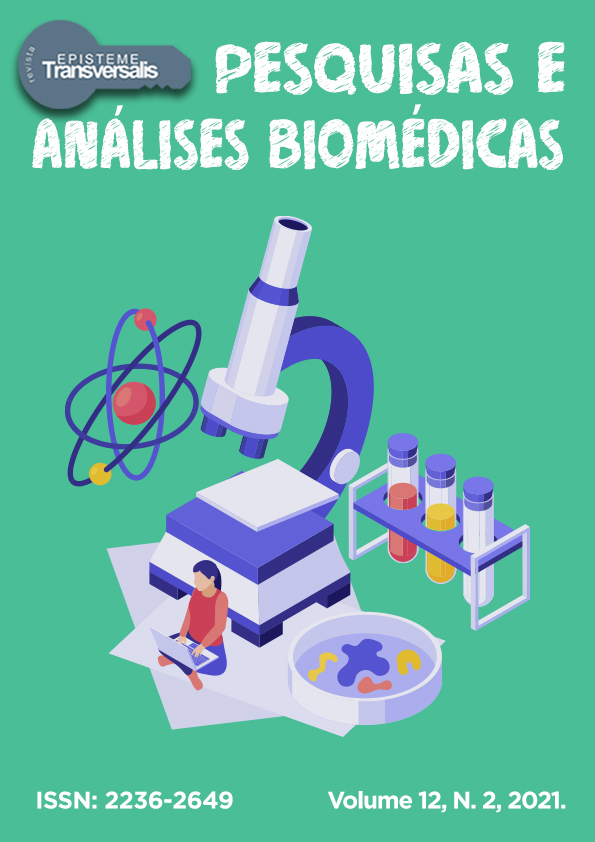A AQUISIÇÃO DE ASPECTO GRAMATICAL NO INGLÊS COMO L2: Uma Investigação do Morfema -ed
THE ACQUISITION OF GRAMMATICAL ASPECTS IN ENGLISH AS L2: An Investigation of the Morpheme –ed
Resumo
O aspecto gramatical relaciona-se ao tempo interno de uma situação e refere-se às formas distintas de contemplar a constituição temporal no interior de uma situação. Existem pelo menos dois tipos de aspectos gramaticais: perfectivo e imperfectivo. Em português, os aspectos perfectivo e imperfectivo realizam-se através de morfemas distintos, enquanto no inglês se utiliza o morfema -ed na veiculação de ambos os aspectos. O objetivo deste estudo é contribuir para o entendimento da aquisição das categorias aspectuais em inglês como L2. Mais especificamente, pretende-se investigar a aquisição do morfema -ed do inglês por falantes de português brasileiro. Para tanto, foi desenvolvido um teste de preenchimento de lacunas para avaliar se falantes nativos de português brasileiro, aprendizes de inglês como segunda língua e subdivididos entre os níveis básico 1, intermediário 2 e avançado, associam os dois aspectos gramaticais básicos, perfectivo e imperfectivo, ao morfema -ed. A análise dos resultados revela que os aprendizes de inglês associam mais facilmente o morfema -ed ao perfectivo do que ao imperfectivo, uma vez que, além da utilização do morfema -ed, os informantes de nível avançado também utilizaram a perífrase formada por “used to” + infinitivo. Esses aprendizes parecem oscilar na utilização dessas duas formas. Uma interpretação possível é que os alunos buscam estabelecer uma relação unívoca entre forma verbal e aspecto gramatical subjacente, existente no português, nas suas produções linguísticas em inglês.
Abstract
The grammatical aspect is related to the internal time of a situation and refers to the different ways of contemplating the temporal constitution within a situation. There are at least two types of grammatical aspects: perfective and imperfective. In Portuguese, the perfective and imperfective aspects are realized through distinctive morphemes while in English the morpheme -ed is used in the placement of both aspects. The aim of this study is to contribute to the understanding of the acquisition of aspectual categories in English as a second language. More specifically, we intend to investigate the acquisition of the morpheme -ed in English by Brazilian Portuguese speakers. For this purpose, a gap-filling test was developed to assess whether native Brazilian Portuguese speakers, who are English learners as a second language and subdivided between basic 1, intermediate 2 and advanced levels, associate the two basic grammatical aspects, perfective and imperfective, to the morpheme -ed. The analysis of the results reveals that English learners associate the morpheme -ed more easily with the perfective than with the imperfective, since, apart from the use of the morpheme -ed, the advanced informants also utilize the periphrasis formed by “used to” + infinitive. Apprentices seem to fluctuate in the use of these two forms. A possible interpretation is that students seek to establish a univocal relationship between verbal form and underlying grammatical aspect, existing in Portuguese, in their English language productions.












